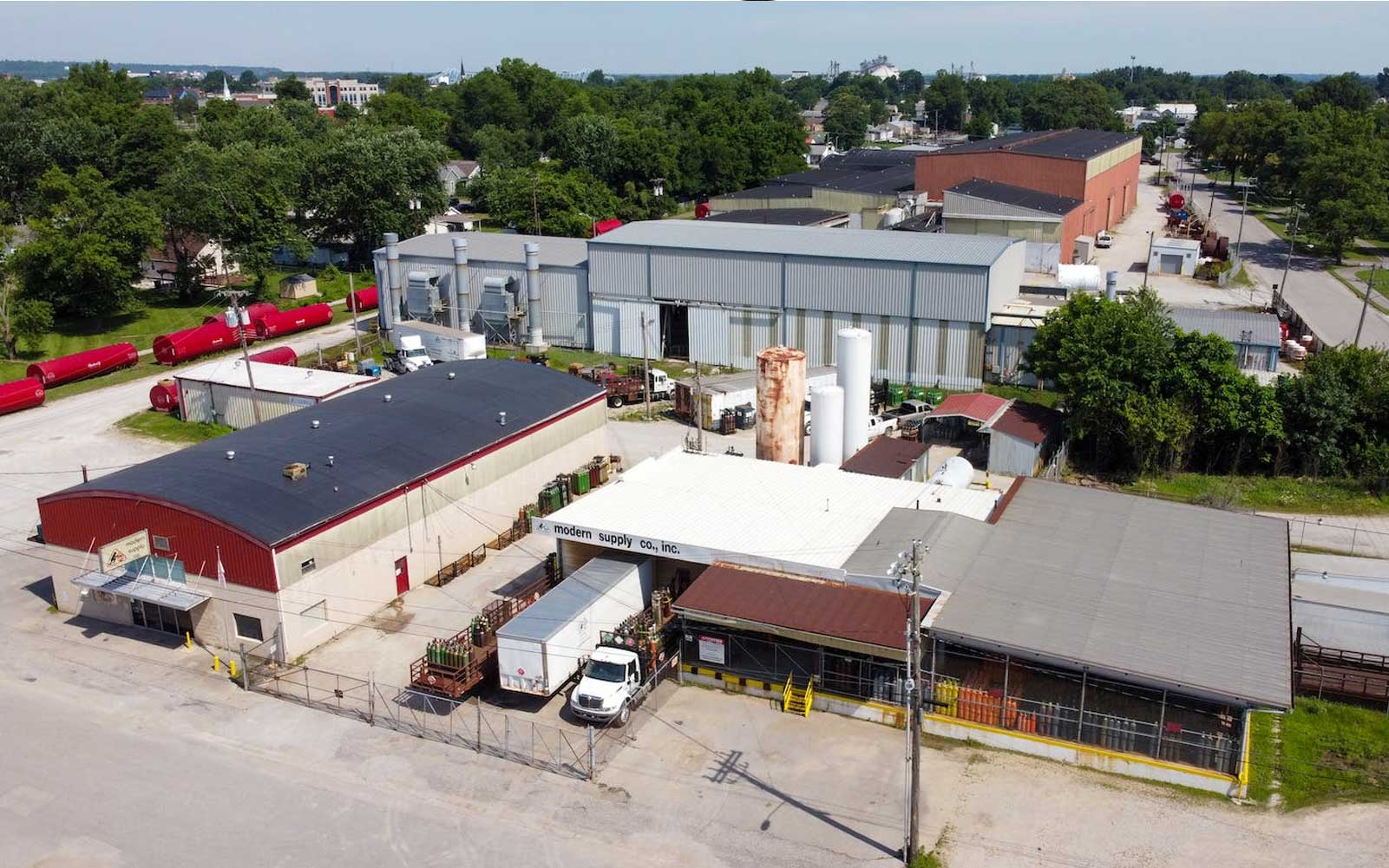
What is the difference between overseas position and advance position in trade? What are the benefits of each?
Foreign trade overseas warehouse and advance warehouse play different roles in cross-border e-commerce and international trade, but they are all aimed at improving logistics efficiency and customer satisfaction.
Foreign trade overseas warehouse is usually a storage warehouse established in the target market country for the storage and distribution of goods. Such warehouses are typically operated by third-party logistics service providers that serve multiple sellers. Its main functions include order processing, picking, packing and shipping, as well as managing inventory to ensure that the supply of goods matches the demand. In addition, foreign trade warehouses usually provide return management and other value-added services.
In contrast, advance positions are more focused on responding quickly to market demand. It usually pre-ships goods to warehouses close to the end consumer market, which are usually located in key cities in a particular country or region. The main purpose of advance storage is to shorten delivery time and improve customer satisfaction. Since the inventory is based on the forecast of the market demand in the region, it can meet the order demand in the short term. Once the consumer places an order, the advance warehouse can quickly complete the last kilometer of distribution, thus providing faster delivery to the end consumer.
Foreign trade overseas warehouse and advance warehouse in the mode of operation and objectives are different. Foreign trade overseas warehouse is more focused on long-term storage and continuous supply chain management, while advance warehouse is more focused on rapid response to market demand. Merchants can choose the appropriate warehouse type according to their business needs and marketing strategies.
In practical applications, some cross-border e-commerce companies may use both foreign trade overseas warehouses and advance warehouses. For example, a company engaged in cross-border e-commerce in China might store goods in a foreign trade warehouse in Germany, while setting up a front warehouse in a key city in the UK. In this way, the company’s warehouses in Germany can store goods for the long term and enable distribution to the European market, while the forward warehouse in the UK can respond quickly to market demand and provide faster delivery to end consumers.
In short, foreign trade overseas warehouse and pre-warehouse are to serve cross-border e-commerce and international trade logistics models, but their respective operating models and objectives are different. Merchants should choose the appropriate warehouse type according to their business needs and market strategies to improve logistics efficiency and customer satisfaction.



